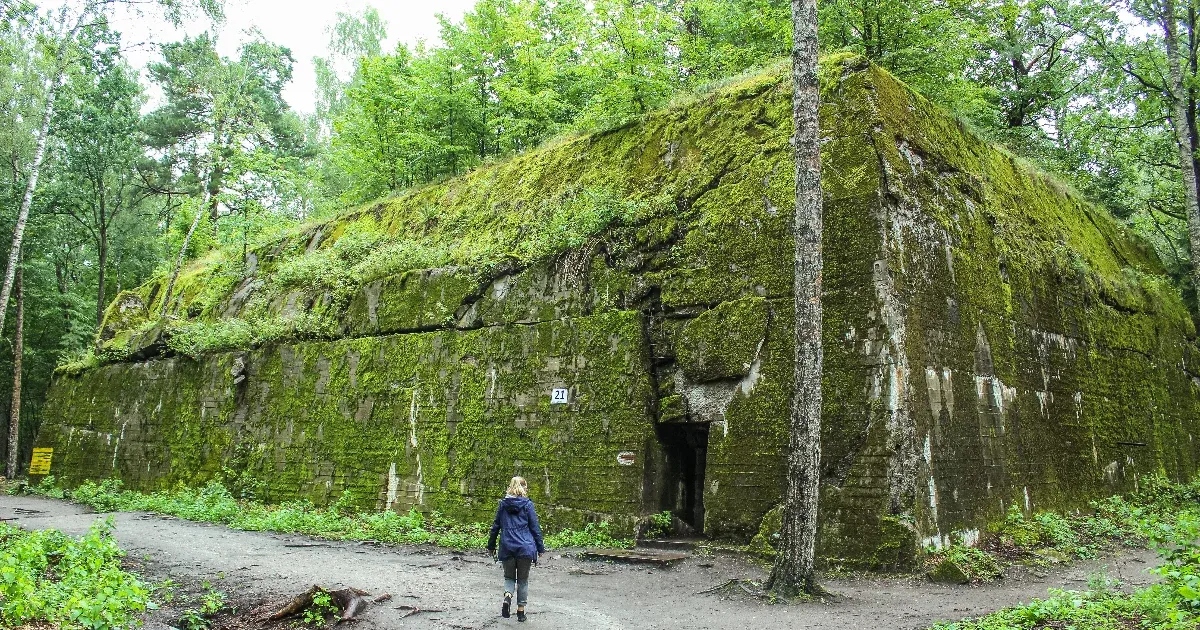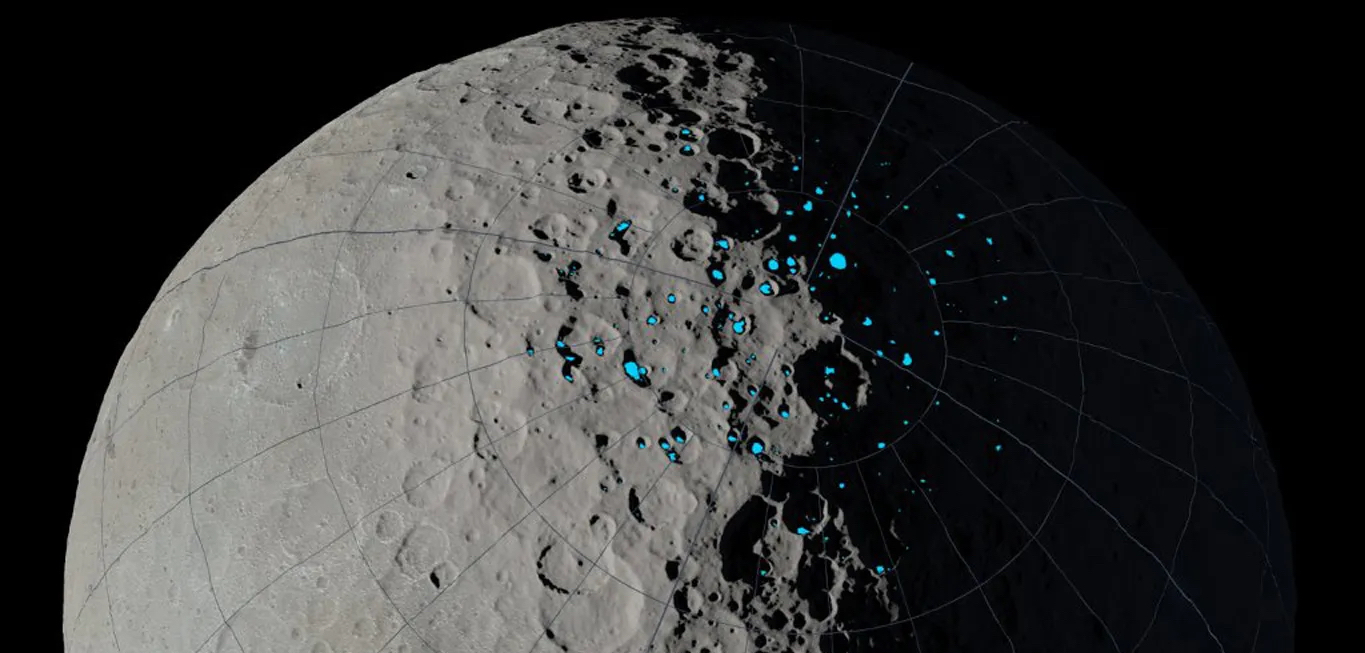One in northwest Australia A diamond mine called Argyle It is among the largest in the world, and the overwhelming majority of all pink diamonds mined to date come from here. Pink diamonds are not colored as a result of exposure to some type of contaminant, but rather due to physical influences that changed during the conditions of their formation, thanks to a slightly transformed crystal structure.
a new one, Nature Communications In research published in the journal, it was revealed why these special crystals appear to the surface.
Most diamonds are called Kimberlite It occurs in rocks. The second source of diamonds is another igneous rock, but it is also an igneous rock Lampreys They mean. Both rocks are composed of material sourced from the Earth’s mantle – this allows them to bring some diamonds with them from the depths as they form. It has recently been revealed that kimberlite can reach the surface during the breakup of supercontinents, and now a somewhat similar conclusion has been reached about lamproite.
In the course of the research, precise dating of apatite, zircon and titanite crystals of rocks bearing the Argyle Pink Diamonds was carried out, revealing that these rocks are approximately 100 million years older than expected: they were formed 1.3 – 1.25 billion years ago. During this era, it was one of the very early supercontinents, which Colombia And Noona It is also referred to by name, the latter being an Inuit word meaning the land surrounding the northern seas. From today’s point of view, the regions of our planet had a very strange arrangement at that time, for example, today’s Scandinavia and the Amazon were adjacent, India and Australia were near the Arctic Circle, and the latter is adjacent to today’s northern China. The separation of Australia and northern China led to a process that brought diamonds closer to the surface.
1.3-1.2 billion years of continental arrangement. A yellow star indicates the location of Argyle.
Source: Nature Communications
As the supercontinent was carved up, the Earth’s crust stretched and thinned slightly, making it possible for magma to break through from the Earth’s mantle, along with the diamonds it holds. Although Australia itself did not fall victim to fragmentation, the region around Argyle bears the eternal scar of this sprawl. The fragmentation occurred 1.32-1.22 billion years ago, which coincides with the age of the rock sample.
According to researchers, since similar conditions exist on our planet, it would be beneficial to search for diamonds. Argyle was once the richest diamond mine on our planet, but in addition to the conditions of its formation, it was also thanks to the fact that it survived erosion processes.











































